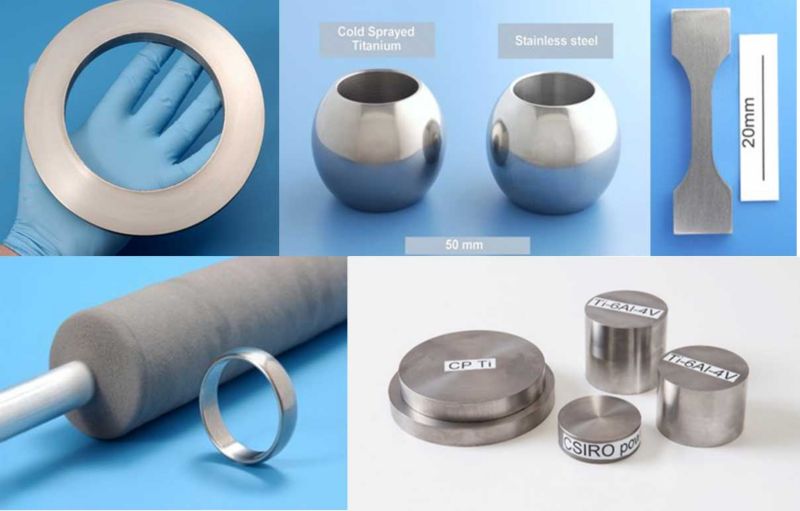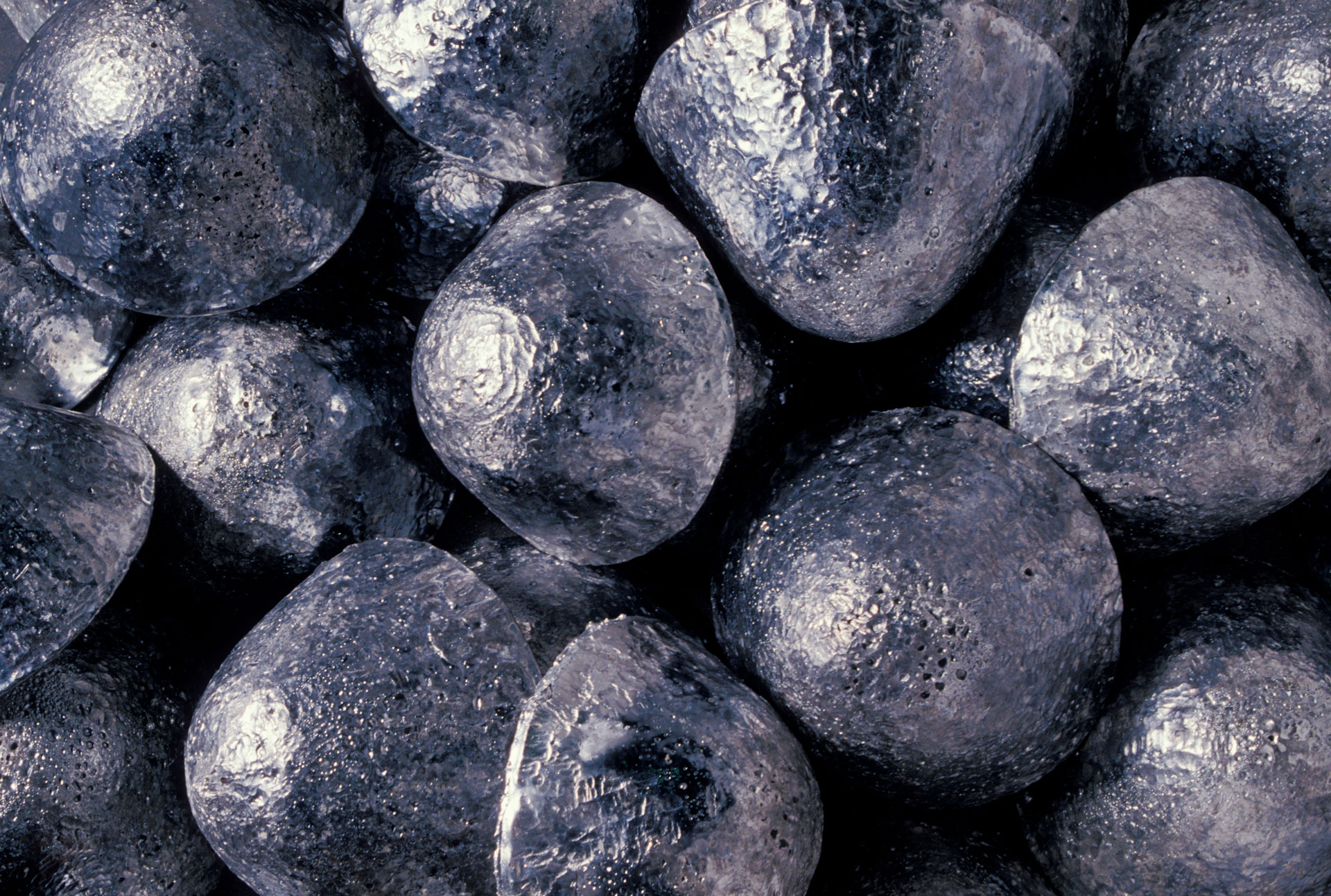Magdi Morks - ALUMNUS
Current LinkedIn profile including contact details.
The cold spray process is currently used as a metal spray technique in which solid powder particles (1-100 μm diameter) are accelerated to speeds above supersonic velocities (~1500 m/s) by a supersonic gas jet. The powder particles undergo significant deformation on impact with the substrate, thereby forming a coating. The quality of the coating depends on the powder and substrate types, as well as the processing parameters, such as the gas pressure and type, gas temperature, standoff distance, and particle velocity. In this project cold spray will be employed as additive manufacturing technique to fabricate complex components from CP titanium and titanium alloy feedstock. This fundamental study will investigate the relationship between the deposit’s microstructure & mechanical properties. Different microscopic and analytical techniques such as SEM, TEM, OM, XRD, EDS, and BSED will be used to analyse the microstructure & grain structure. Mechanical tests will characterise properties including tensile strength, fatigue, fracture toughness, and hardness. A selection of the sprayed components will be heat treated to improve properties including residual stress, as well as their microstructure and porosity. Treatments will range from low-temperature tempers through to high-temperature anneals and hot isostatic pressing. The changes in properties (both local and general) after these treatments will be studied. Mechanical strength at the joins of components will also be studied.

This project was conducted in conjunction with IMCRC, Titomic Ltd and CSIRO.

Metal Fabrication
Cold spray, melt pool, friction stir welding, multifunctional coatings for biomedical Mg alloys, visual monitoring of metal powder


